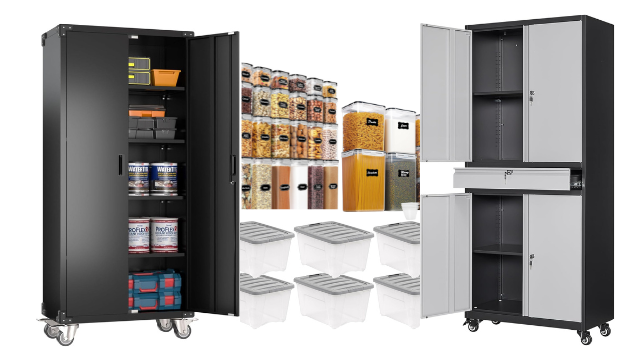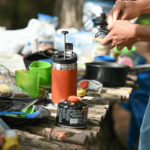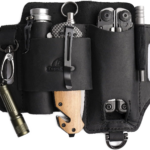How to store Survival Gear? Storing survival gear efficiently is critical for ensuring its longevity and accessibility when needed.
Proper storage techniques not only preserve the quality of your gear but also make it easier to find during emergencies.
Here are some examples and guidelines on how to store survival gear effectively.
Organizing by Categories
One effective approach to storing survival gear is organizing it by categories within a centralized location.
For instance, designating a closet specifically for emergency supplies helps keep items easily accessible and organized.

Common categories include sources of emergency light, first aid kits, energy sources, water purification, and general survival gear, such as multitools and paracord. Placing items in clearly labeled bins or containers within this space ensures quick access and easy inventory management.
Hooks can be used to hang backpacks, water filters, and rain ponchos, keeping the floor space clear and items in view.
Utilizing Transparent Containers
Another popular method is using transparent or well-labeled containers for storing survival gear.
This method emphasizes the importance of visibility and organization in the storage process. Items such as light sources, first aid supplies, and outdoor camping equipment can be sorted into specific containers.
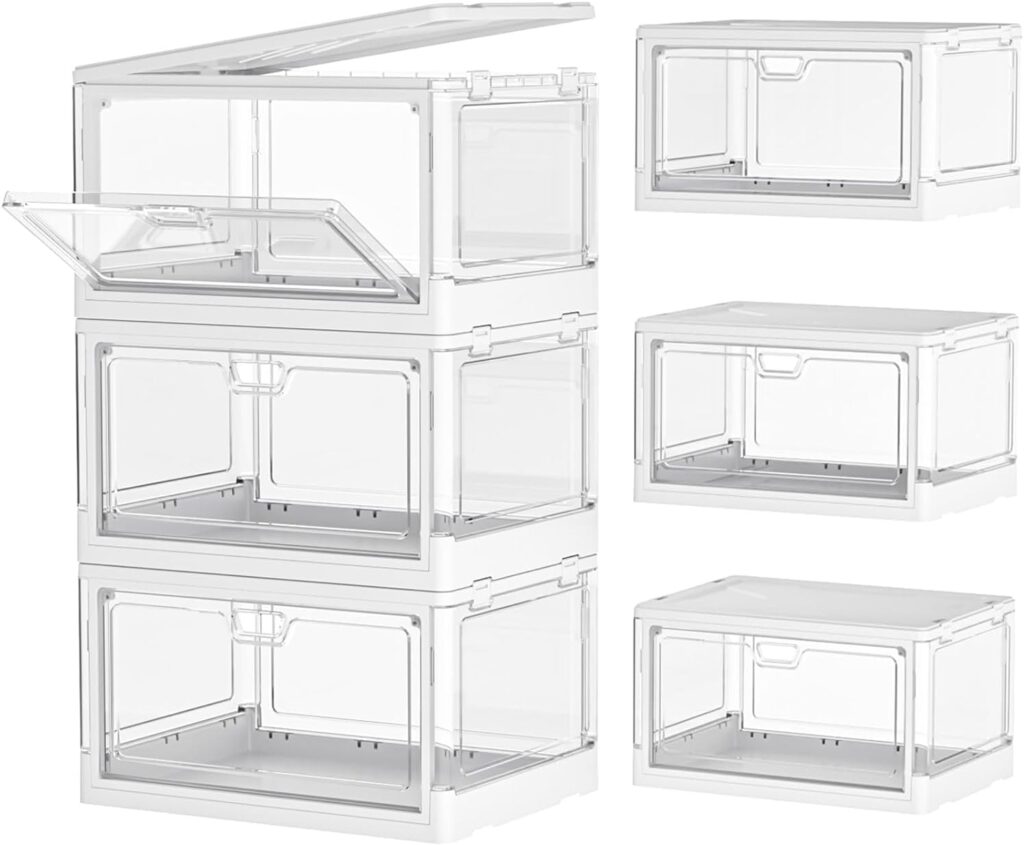
Transparent bins allow you to see the contents without having to open them, saving time during an emergency.
Moreover, labeling each container with its contents and ensuring that they are easy to read enhances the overall organization and efficiency of this storage method.
Waterproof and Airtight Solutions
Storing survival gear in waterproof and airtight containers is essential for items that need to be protected from environmental elements.
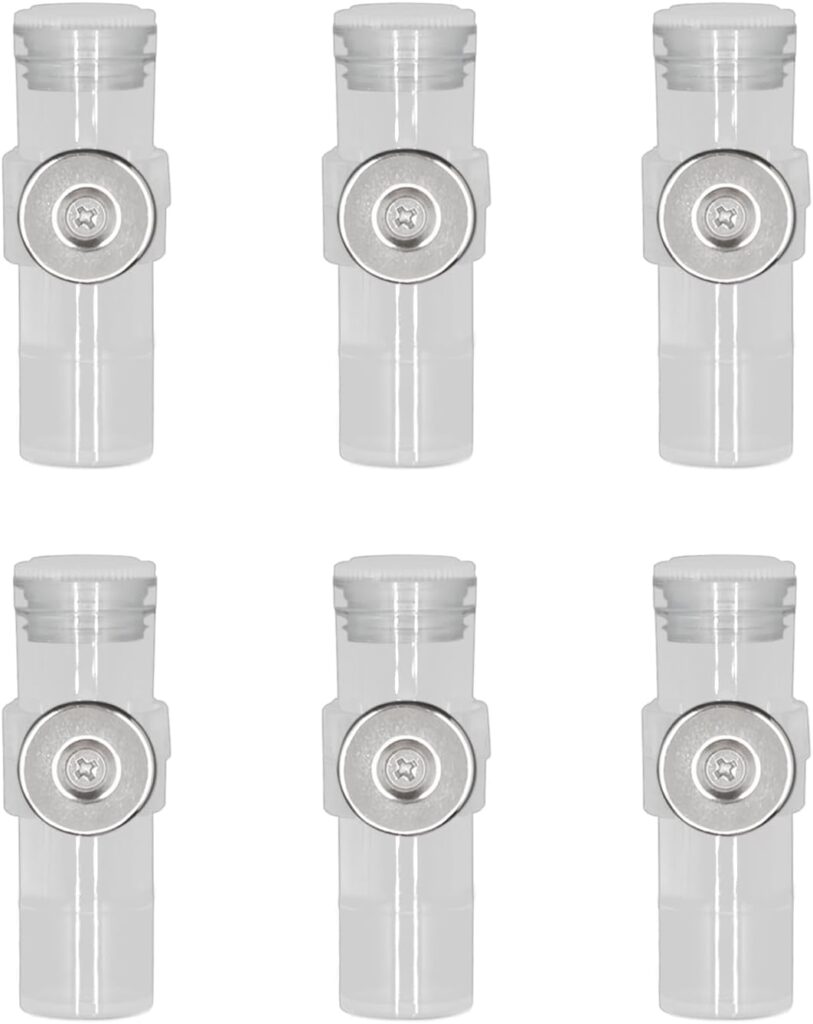
Cache tubes, for instance, are excellent for storing items that must remain dry and tamper-free.
These containers are specifically designed to keep out moisture and air, preventing damage from humidity and oxidation, which is particularly important for gear such as food supplies and electronics.

Choosing waterproof containers not only safeguards your gear but also increases its lifespan, ensuring reliability when you need it most.
How to Store Survival Gear: Best Practices for Organization
When considering how to store survival gear, one of the most critical aspects is organization.
Proper organization ensures that you can locate the necessary items quickly, especially during emergencies when time is of the essence.
Here are some best practices to consider:
Categorize Items: Begin by categorizing your gear into logical groups, such as first-aid supplies, water purification tools, or emergency food.
This method aids in maintaining a clear inventory and simplifies identifying missing items that need replenishing.
Use Labels: Labeling is a simple yet powerful tool for maintaining order. Each container should have a label indicating its contents.
This practice not only helps in locating items quickly but also in managing what needs restocking.
Ensure Visibility: Whether using transparent bins or labeling opaque ones, ensure that the contents are visible or easily identifiable.
This decreases the time needed to find items and reduces the chance of disorganization over time.
How to Store Survival Gear: Environmental Considerations and Maintenance
Besides organizing and categorizing, understanding how to store survival gear involves taking environmental factors and maintenance into account.
Proper storage conditions play a pivotal role in preserving gear functionality and extending its lifespan.
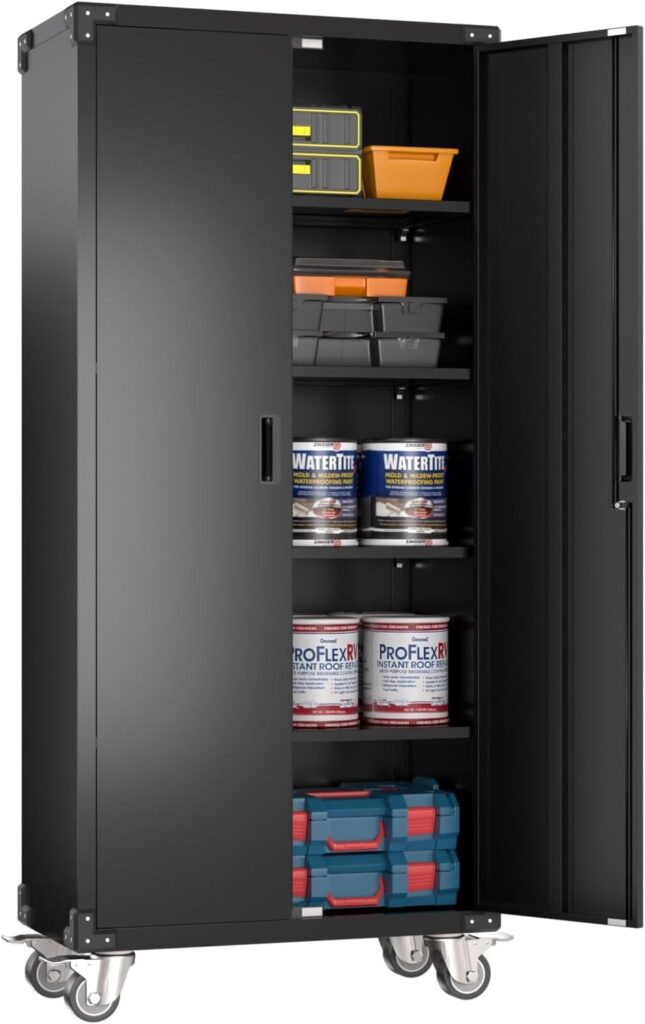
Control Temperature and Humidity: Keeping gear in a cool, dry place can prevent the growth of mold and mildew, which can damage equipment.
Avoid damp basements and attics where humidity levels are high. Instead, opt for closets or other controlled environments to store your gear.
Regular Maintenance: Periodically check your stored items for signs of wear and tear, damage, or exposure to the elements.
Rotate food supplies and replace any expired items. Performing regular maintenance can prevent the deterioration of your gear and ensure that it remains ready for use
What survival gear do I need?
A basic survival gear kit should be comprehensive enough to support critical needs such as food, water, shelter, health, and communication during emergencies.
Here is a detailed list of essential items commonly included in a basic survival gear kit:
Water and Hydration
Water is crucial for survival and should be a priority in any survival kit. It is recommended to have:
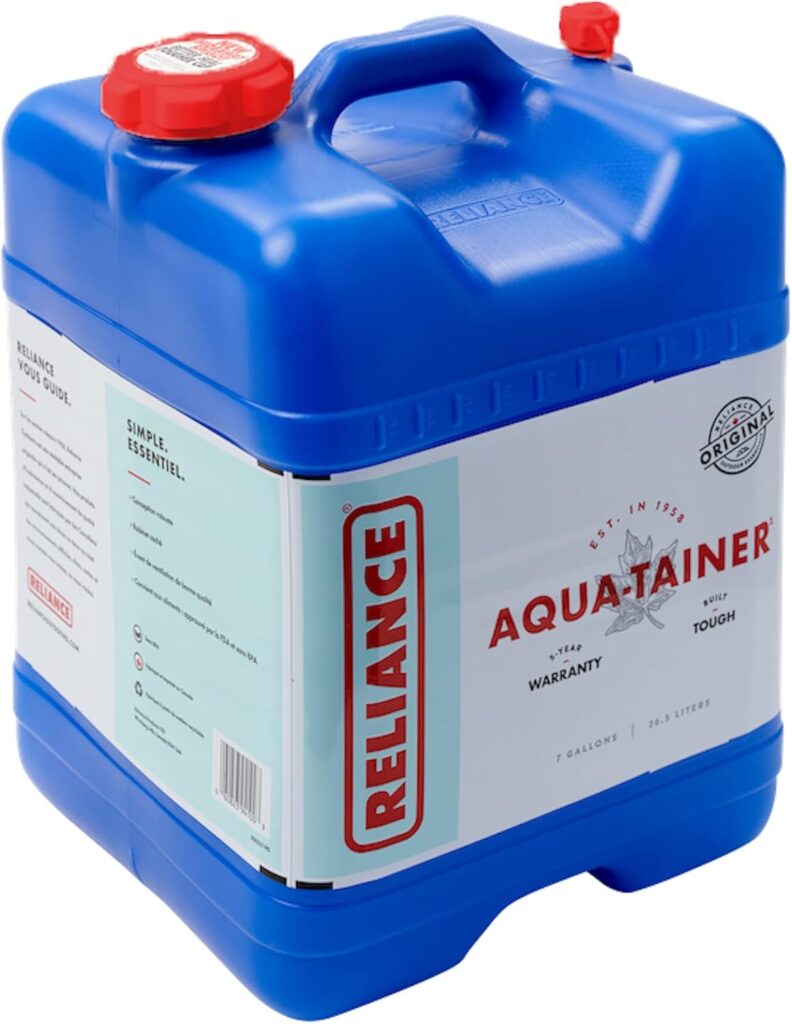
Water Supply: At least one gallon per person, per day. For evacuation purposes, a 3-day supply is suggested, whereas for home, a 2-week supply is ideal.
Water Filtration and Purification: Water filters, purifying tablets, or a portable water purifier to ensure access to clean drinking water in emergency situations.
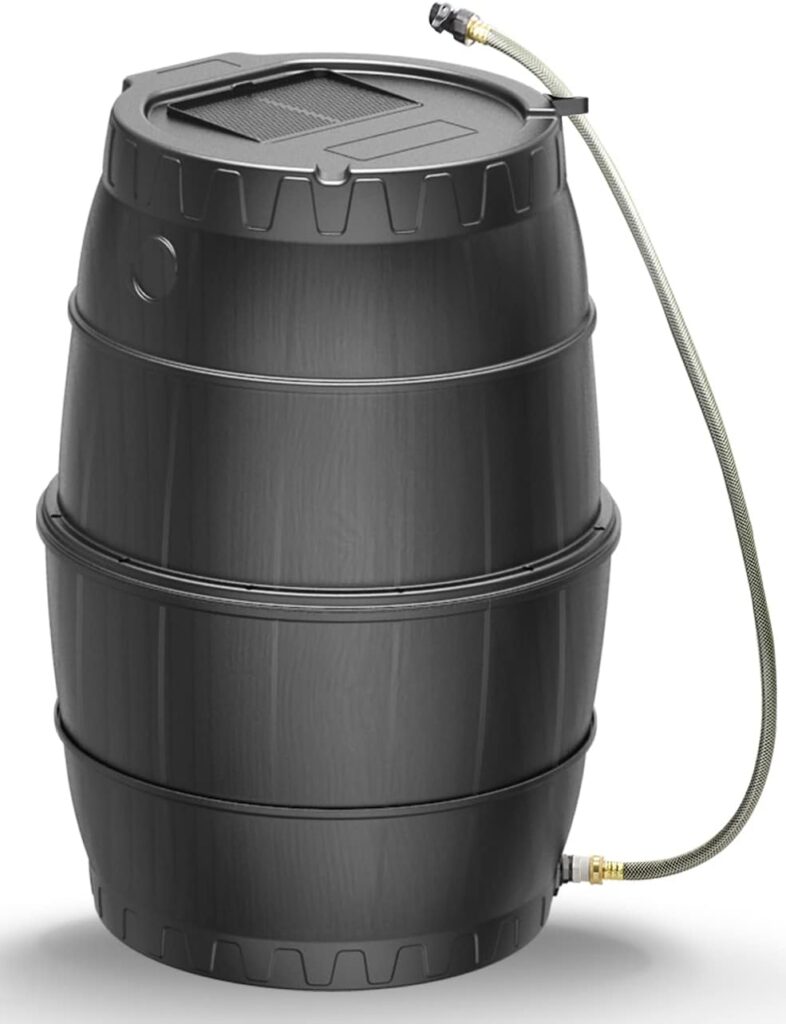
Food and Nutrition
Having a supply of non-perishable food is essential:
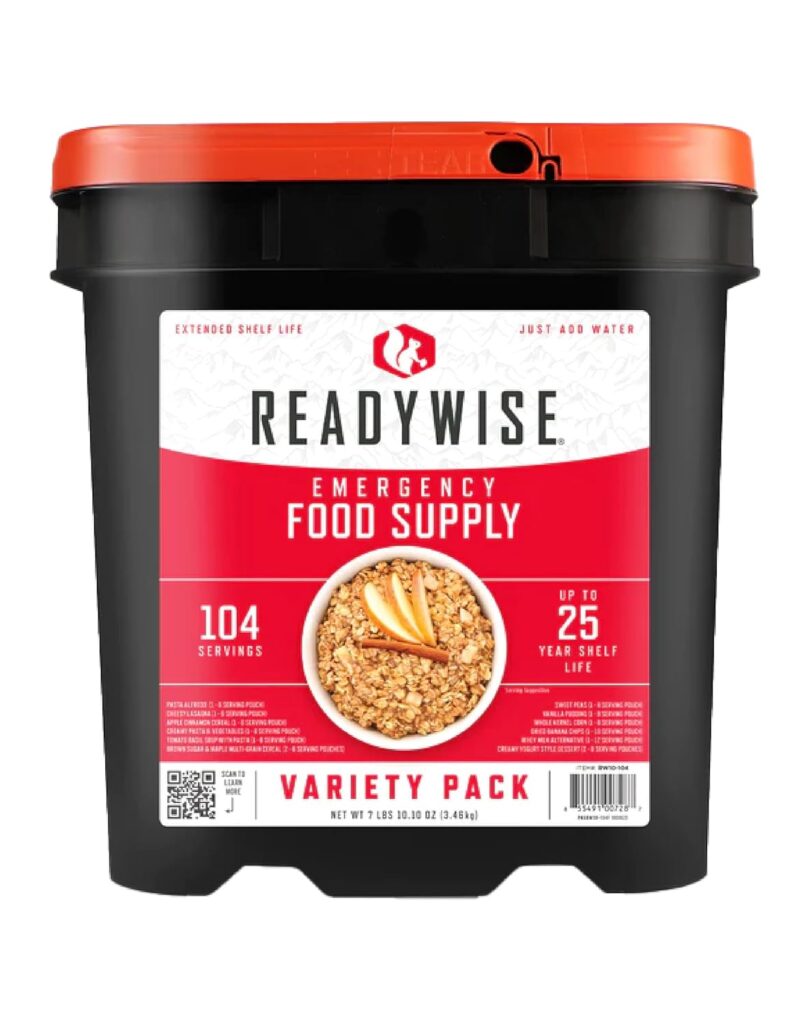
Food: Non-perishable, easy-to-prepare items such as dehydrated camping food, canned goods, and ready-to-eat meals.
A 3-day supply of food is recommended for evacuation, and a 2-week supply for staying at home.
Cooking Supplies: A basic survival cooking kit with utensils, pots, pans, and possibly a portable stove could be included to prepare food when necessary.
Shelter and Warmth
To protect against the elements, include:
Emergency Shelter: A tarp or an emergency tent to provide protection from weather conditions.
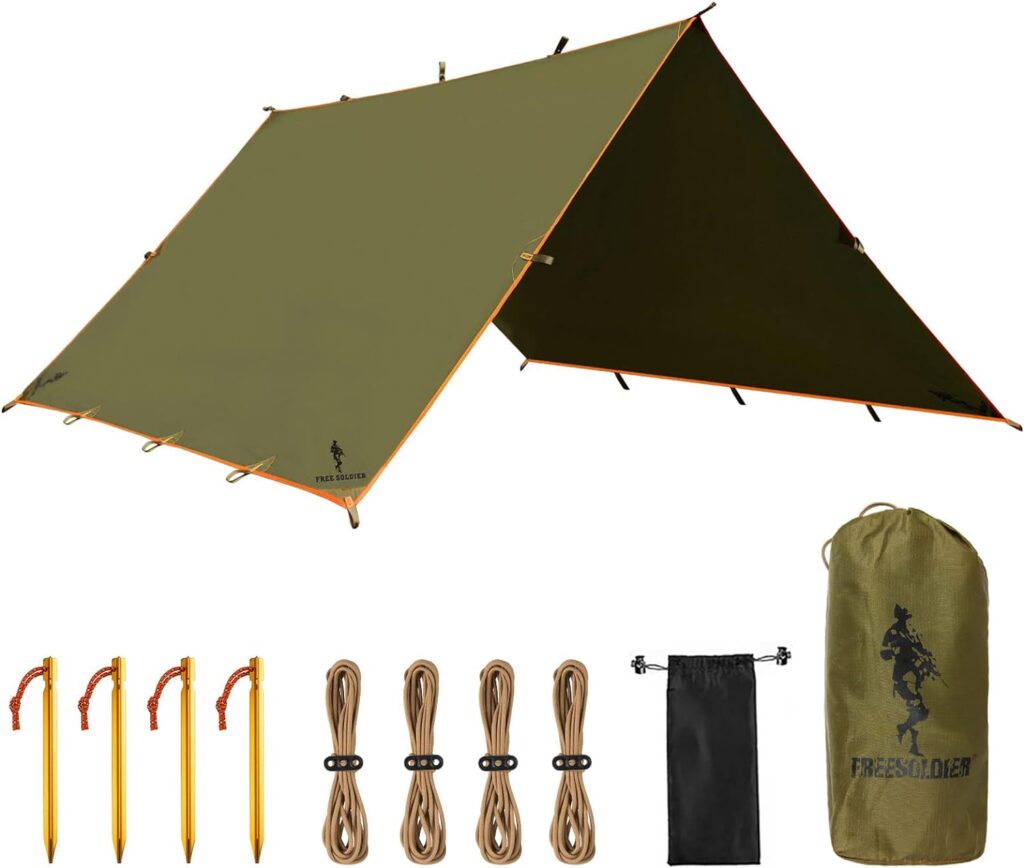
Warmth: Thermal blankets or sleeping bags to retain body heat. These items are lightweight and easy to pack.
Tools and Equipment
Essential tools can assist in various survival situations:
Multi-purpose Tool: A versatile tool that combines several functions, such as a knife, pliers, and screwdriver.
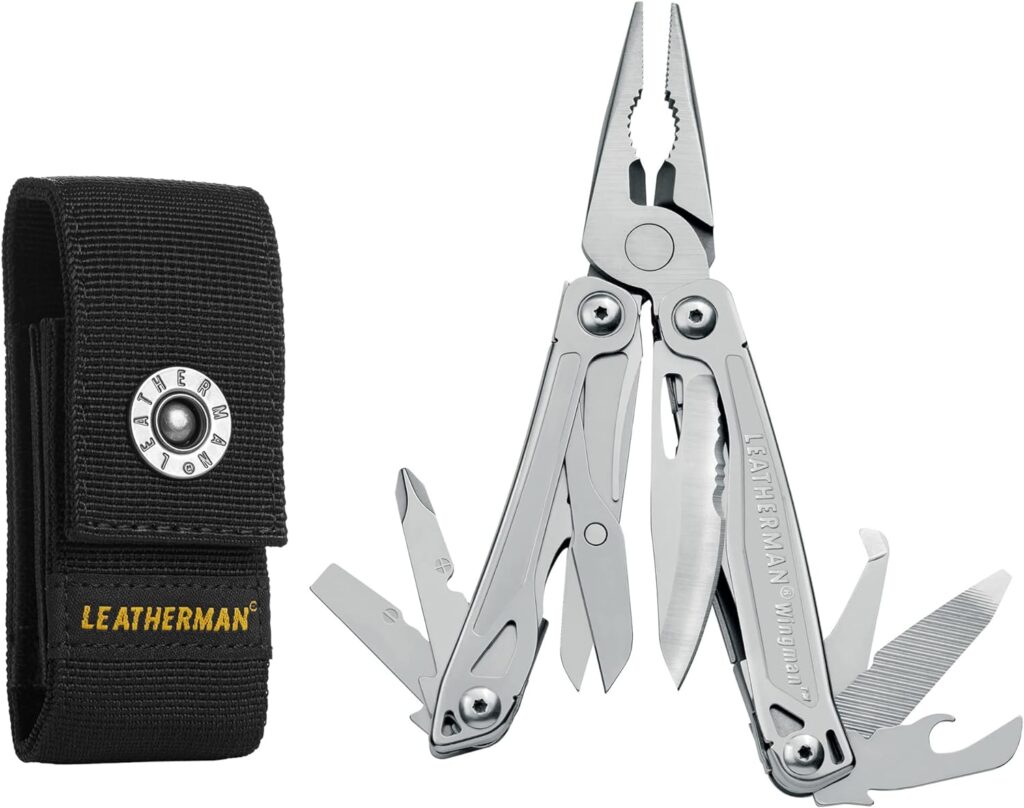
Fire Starting Supplies: Flint and steel, waterproof matches, or lighters to start a fire for warmth and cooking.
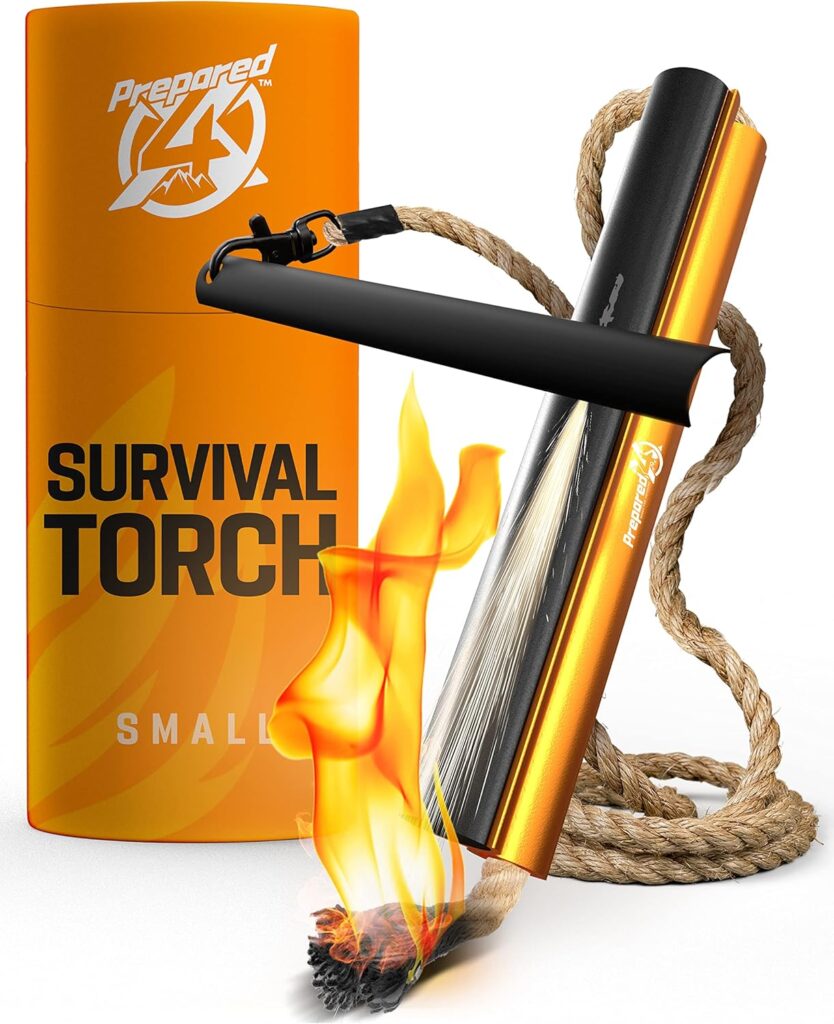
Lighting: Battery-powered or hand-crank flashlights and lanterns. Candles may also provide an additional light source.
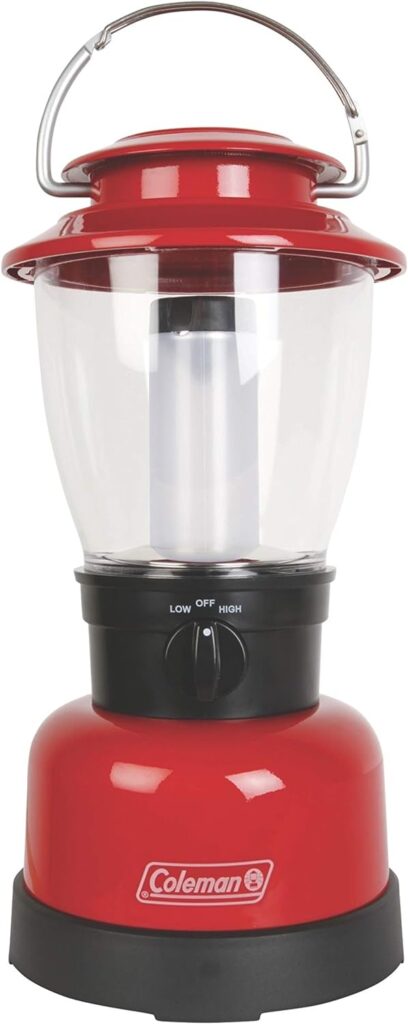
First Aid and Health
Maintaining health and treating injuries promptly is vital:
First Aid Kit: Bandages, disinfectants, antiseptic wipes, pain relievers, tweezers, and other medical essentials.
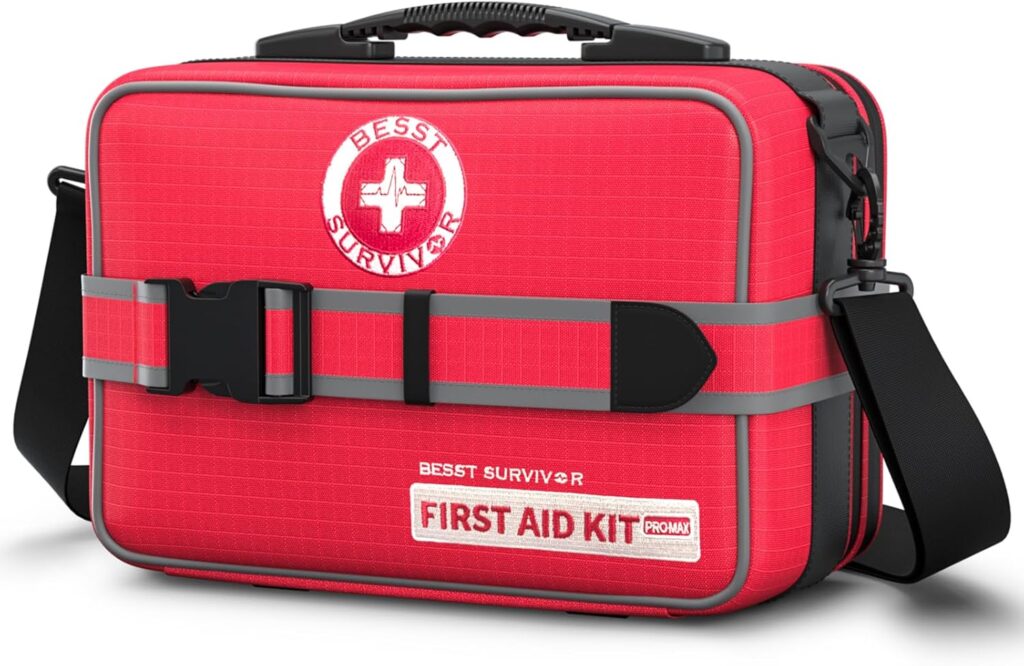
Medications: A 7-day supply of any necessary medications, along with a list of medical information.
Communication and Navigation
Staying informed and navigating effectively is crucial:
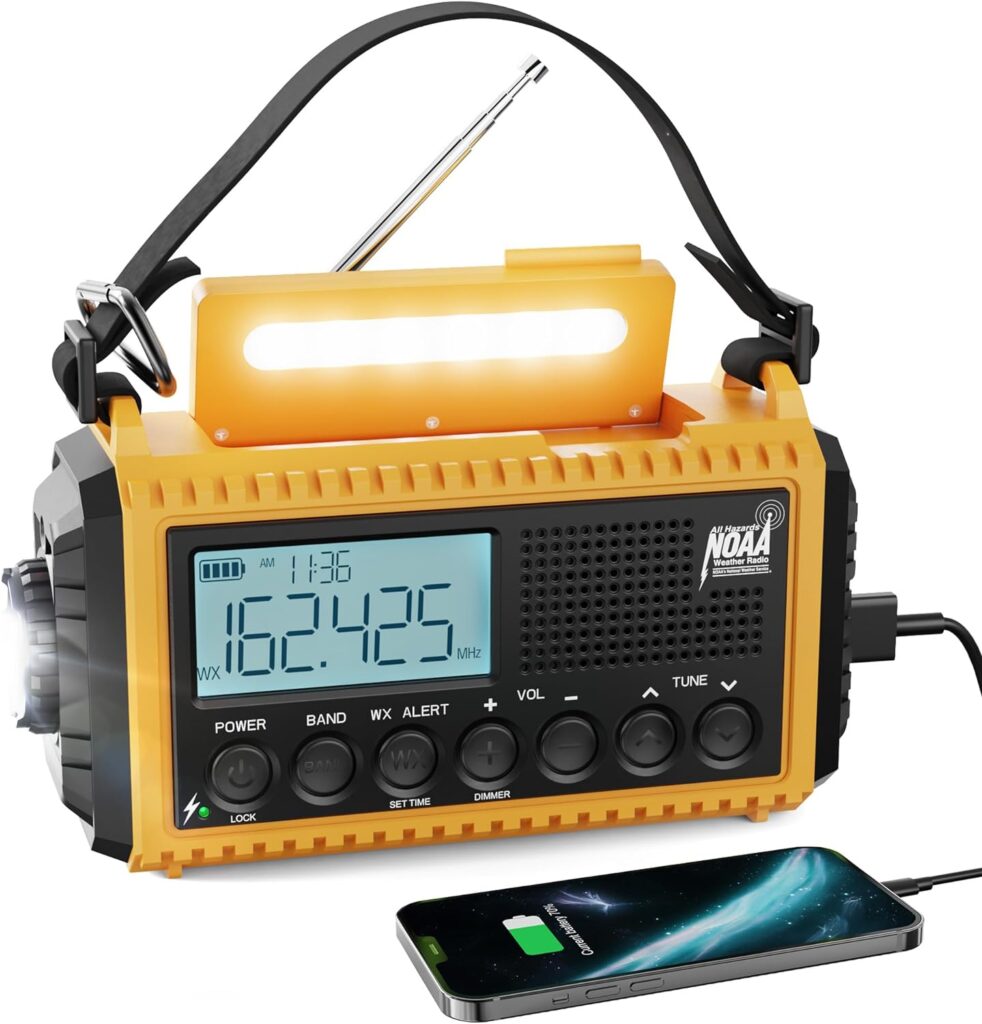
Radio: A battery-powered or hand-crank radio, ideally one that can receive NOAA weather updates.
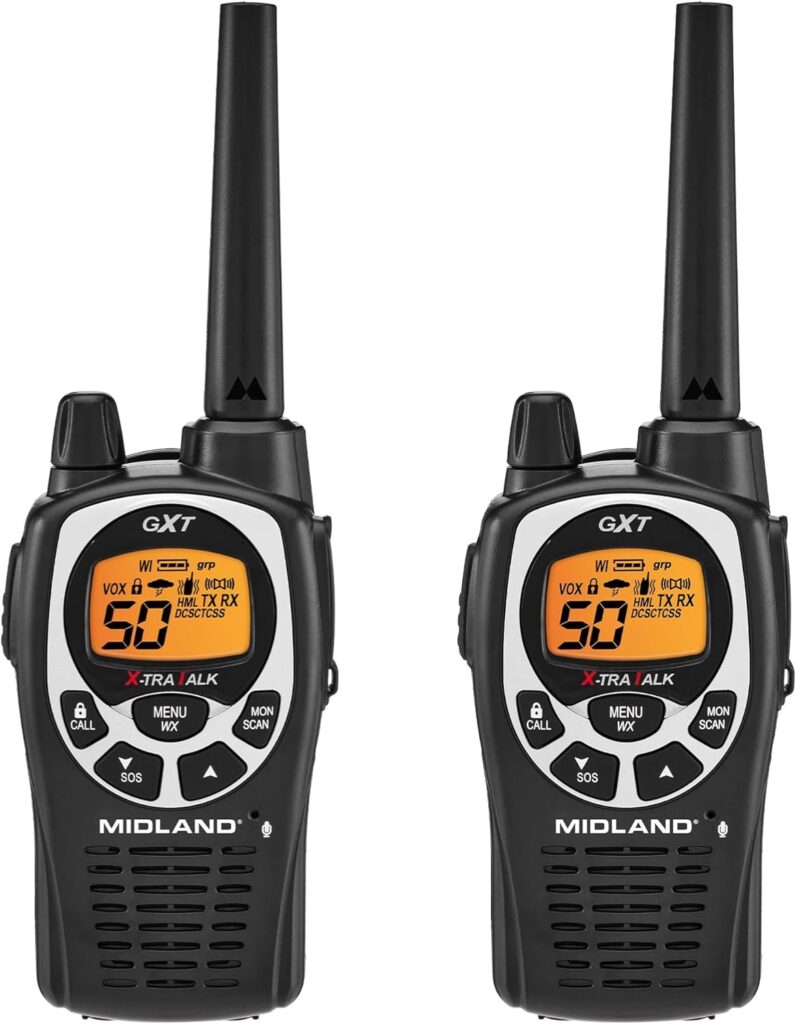
Compass and Maps: A reliable compass and up-to-date maps of your area for effective navigation during evacuations or relocations.
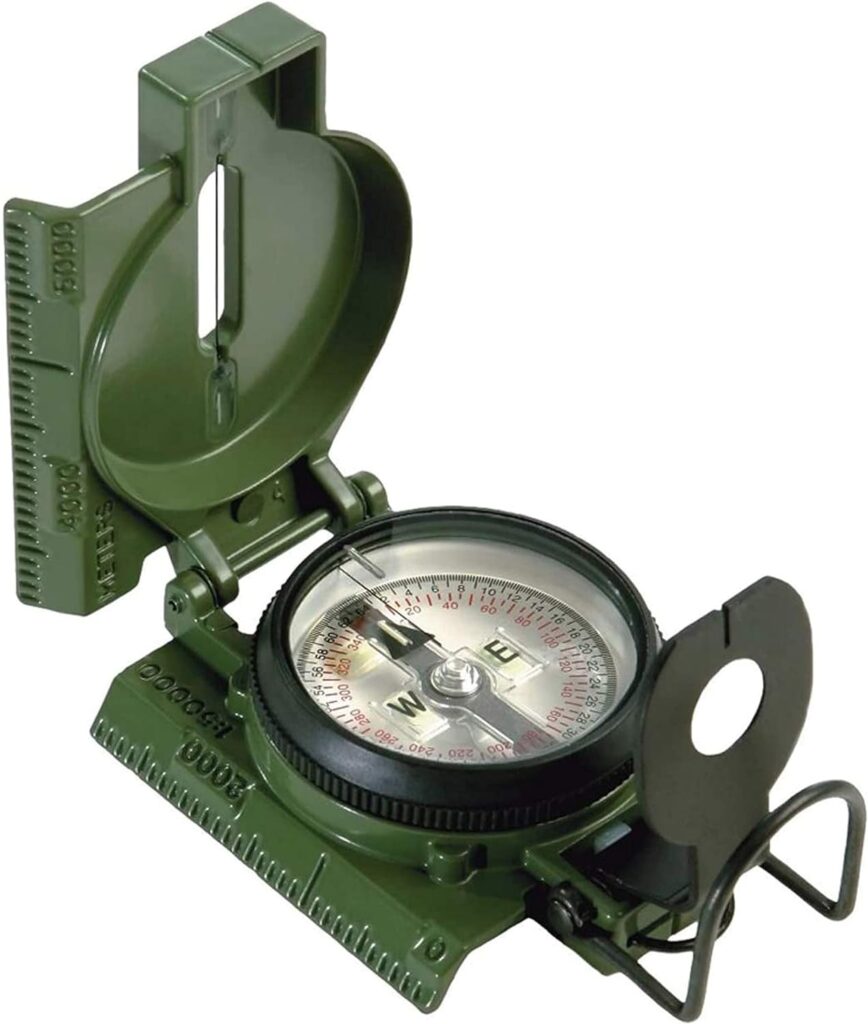
Depending on individual needs, additional vital items include
Personal Documents: Copies of identification, insurance policies, and important contact information stored in a waterproof container.
Sanitation: Items such as hand sanitizers, wipes, and feminine hygiene products to maintain personal hygiene.
Miscellaneous: Other items like duct tape, rope or cordage, a whistle for signaling, and small camping towels.
Assembling a basic survival gear kit with these items will ensure preparedness for various emergency scenarios, whether they’re weather-related or unexpected disasters.
Regularly review and update the kit to accommodate changing needs and replace expired items, ensuring it remains ready for any situation.
Conclusion
Knowing how to store survival gear effectively can make all the difference in an emergency scenario.
By categorizing, labeling, and choosing the right storage containers, you ensure that your survival gear is organized, protected, and ready for any situation.
Addressing environmental factors through proper storage conditions contributes further to the longevity and reliability of the gear.
Implement these strategies to maintain your survival gear’s readiness and effectiveness, reinforcing your preparedness for any emergency scenario.

